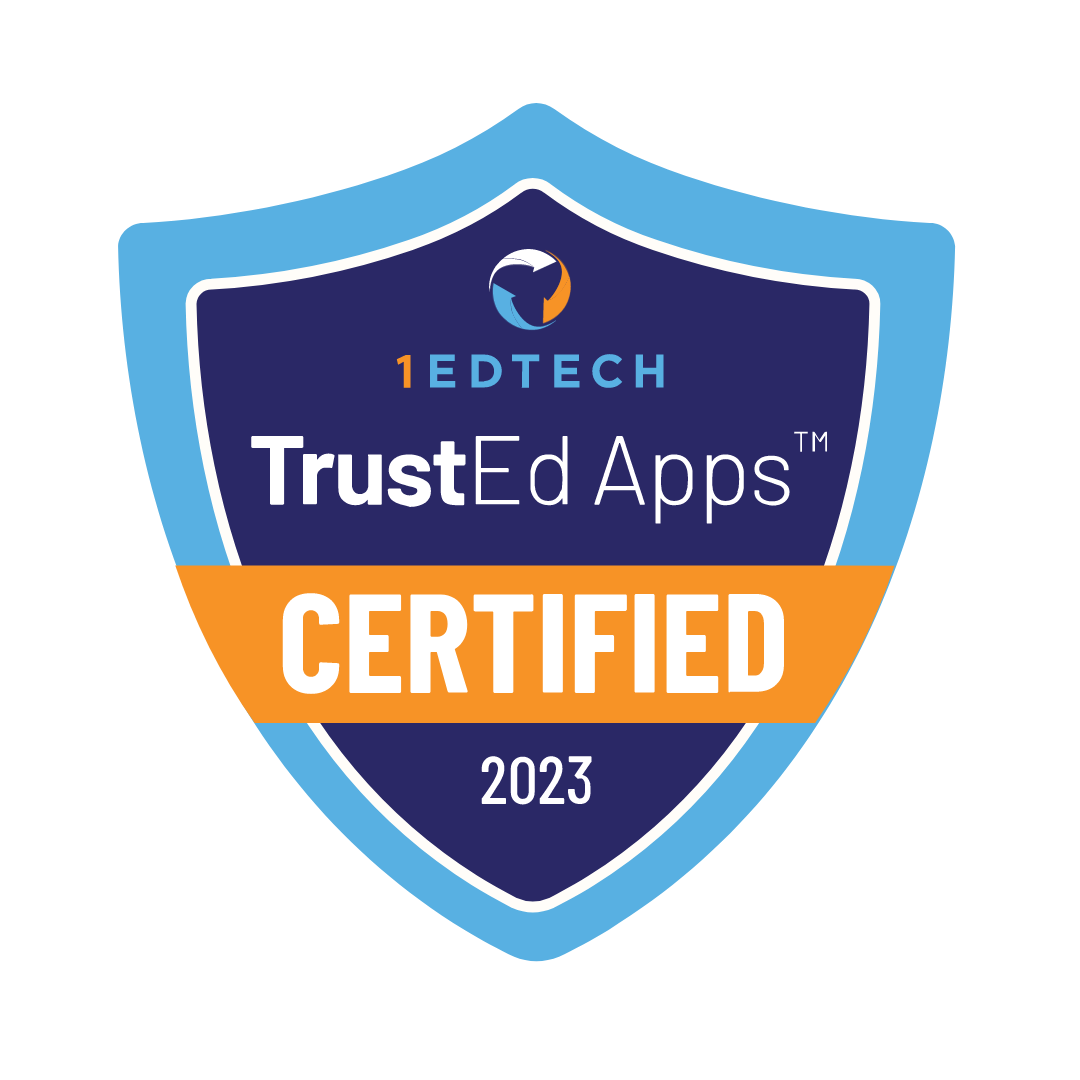Contents
Traditional education has long ceased to be the only option for acquiring knowledge. The modern world offers many alternatives for gaining knowledge. One of the most popular is the General Educational Development (GED). 472,913 adults earned their GED certificate in 2009 alone, according to the Education Resources Information Center (ERIC).

GED is an alternative to obtaining a high school diploma. Some students seek other options, while the GED is popular. Let’s explore why students look for alternatives and what options they have.
Why Look for Alternatives?
“It’s almost unbelievable to me they don’t have a pathway put in place to service those people”
Devon Acker, CBC
GED is popular because it offers many advantages, which we have discussed here. Some students choose alternatives because the GED does not suit their needs. Here are five reasons why students make different choices:
- Preference for qualifications providing a more direct pathway to higher education
- The GED is challenging and requires significant time and effort to prepare, which may cause stress
- The GED is not accepted in all countries, which limit opportunities for students planning to study or work abroad
- Poor service, which prevents students from scheduling their desired exam time or results in delayed responses from GED support
- Some students find the subjects assessed by the GED boring
Top 5 Alternatives to the GED
GED is not the only way to assess knowledge. Let’s explore five alternatives students choose instead of the GED.

Distance Learning High School Diploma
Students avoid traditional schools for various reasons. These reasons include poor teachers, bullying, and more. A great alternative for such students is enrolling in online school programs. Students receive the same quality of education they would in a traditional setting, but they have more freedom and less stress. An example of such an online program for obtaining a high school diploma is provided by Legacy Online School.

High School Equivalency Test (HiSET)
HiSET, unlike the GED, places greater emphasis on Language Arts, dividing this subject to the reading and writing sections. HiSET serves as a solid alternative to a traditional high school diploma. Many students prefer HiSET due to its less critical evaluation and lower cost. Students can read more about HiSET here.
Adult High School Diploma Programs
This alternative is chosen by students who did not receive a high school diploma and are older than 16. Some students enroll in such programs even after the age of 30. Students prefer these programs because they offer more freedom and personalization. These programs are particularly well-suited for students with special needs. An example of an educational institution offering such programs is Florida Adult Education.
Community College Programs
Students choose these programs when they want to earn credits towards obtaining a high school diploma or its equivalent while simultaneously earning college credits. These programs provide students with real-life experience. One of the main advantages attracting students to these programs is the ability to balance studies with work. Many community colleges across the country like Miami Dade College offer programs of this type.
Job Corps Programs
Students choose these programs because they provide a direct path to employment. These programs are suitable for students aged 18-24. Students gain knowledge relevant to their future professions and avoid spending time on general subjects which may not be useful to them. A significant advantage of these programs is they offer training in professions in high demand across the country. This training makes it easier for students to find jobs after completing the program. Job Corps programs are offered by various educational institutions like the Jacksonville Job Corps Center.
How Can Legacy Online School Help?

Legacy Online School offers a personalized approach and flexible learning options as an alternative to traditional education and the GED.
The flexible learning format offered by our school suits any student. Learners can study in groups, in one-on-one sessions with a teacher, or at their own pace.
Students with special needs receive additional support from our experts and achieve success. Legacy Online School offers affordable tuition starting at just $149/month.
Contact us to learn more!
Conclusion
GED is an alternative to earning a traditional high school diploma, but it doesn’t suit every student. We’ve looked at the reasons why the GED may not be the good choice for some students and provided five alternatives. Legacy Online School is an excellent alternative to the GED if you’re seeking a high-quality, accredited education with a personalized approach.











